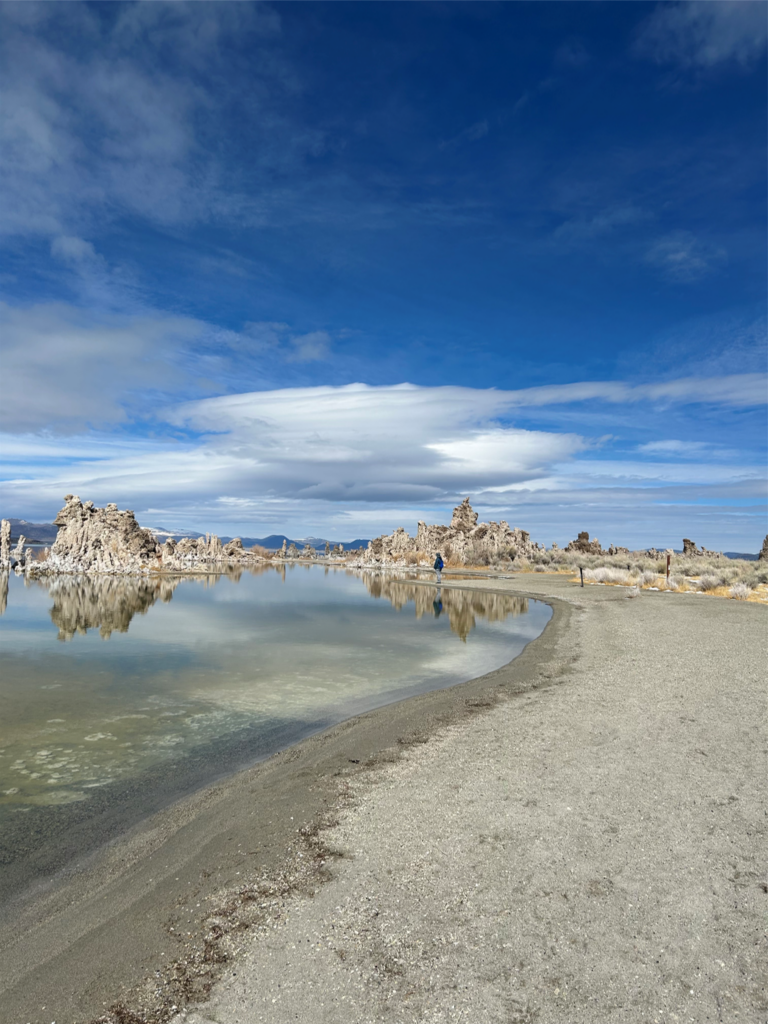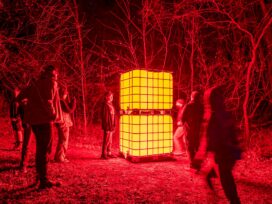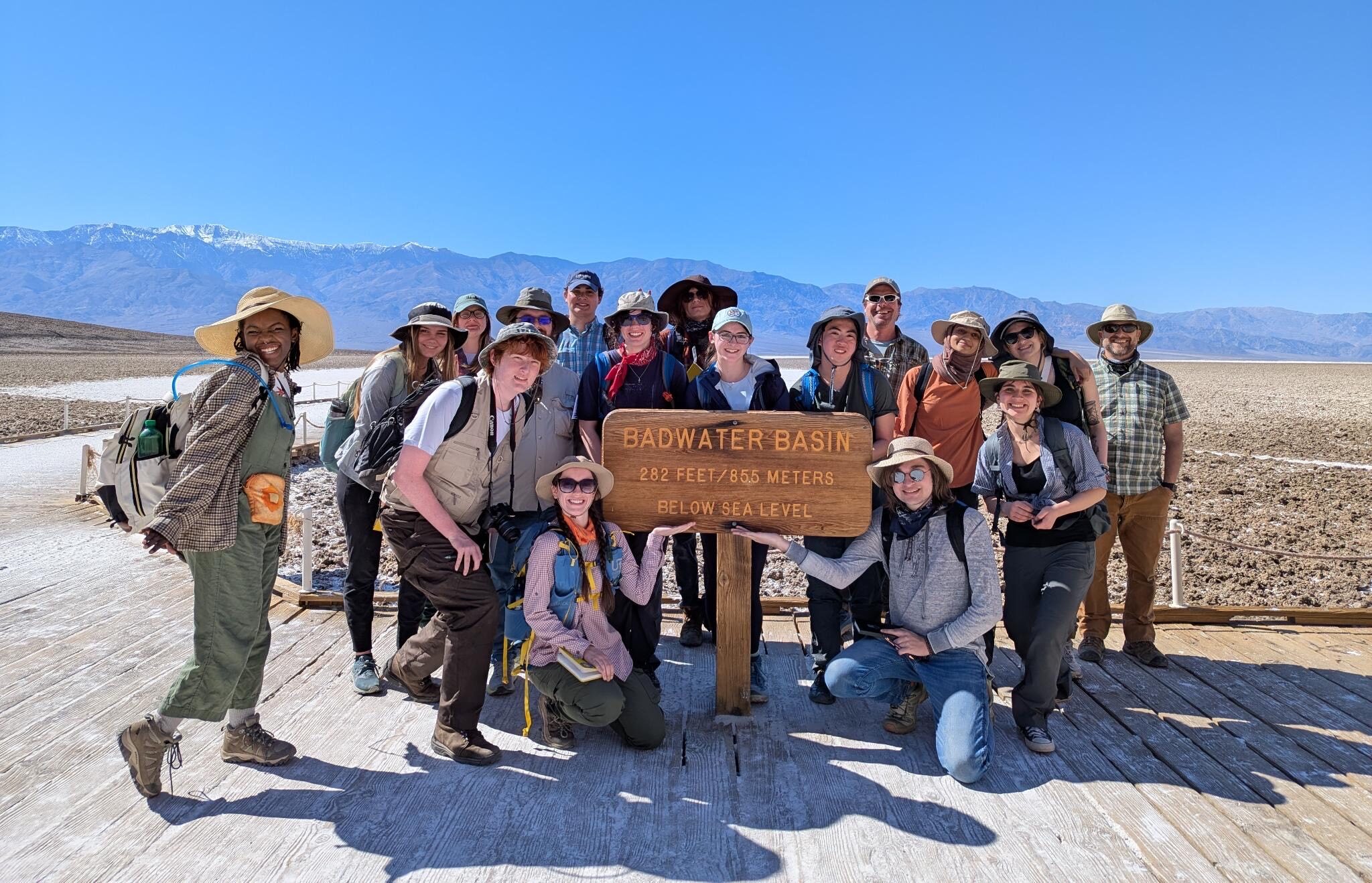
Scrambling in Death Valley with PVCC Geology Students
On a beautiful morning in March, nine PVCC geology students led by Associate Professor of Geology Callan Bentley boarded a turbulent little regional jet departing Charlottesville. Their destination? Las Vegas, Nevada. The purpose of this excursion? To study and learn about the environment and geology of Eastern California: more specifically, Death Valley and Owens Valley. PVCC’s students were soon joined by five students from Virginia Peninsula Community College with Assistant Professor of Geology Pete Berquist.
The group stayed in Shoshone for three days–joined by spirited volcanologist Edith Rojas, Panamint Springs for one, and Bishop for two, where they also were able to meet Earth Scientist Becca Walker.
This yearly geologic expedition is one of the coolest opportunities PVCC has when it comes to lab sciences; while the destination changes every spring, the experience is consistently rewarding for everyone involved.
Despite this area of California being notoriously dry and only receiving an average of 2 inches of rain per year, the group was “lucky” enough to experience about half of that while in fascinatingly permeable tents in Panamint Springs. To compensate them for this opportunity, they also got to enjoy scrambling over Fossil Falls, a water-altered wonderworld of old basaltic lava, that next morning.
One of the most popular stops of the trip was fossil hunting in the snowy White Mountains, where they discovered Cambrian-age archaeocyathids (an extinct marine organism, similar to a sea sponge). Several of these fossil samples were transported into the rental vehicles, likely adding an extra couple dozen pounds to the weight the vans were already transporting.
The group also got to glimpse into the region’s tumultuous geologic past of the mega-breccia of Titus Canyon, one of the most striking geological formations in Death Valley National Park.
This chaotic rock unit, composed of massive, angular limestone blocks embedded within a crystalline calcite matrix, likely formed as a hydraulic breccia. What this means, is that it was probably created by intensively high fluid pressures that fractured the rock, resulting in the fragmentation and cementation characteristic of hydraulic brecciation. Geologically, the breccia is found within the Bonanza King Formation, a Cambrian-aged limestone deposit that has undergone extreme deformation. The formation likely resulted from tectonic activity, possibly triggered by faulting or seismic events along the ancient continental margin. The sheer size of the breccia blocks—some reaching tens of meters across—suggests formation through intense tectonic processes rather than sedimentary deposition.
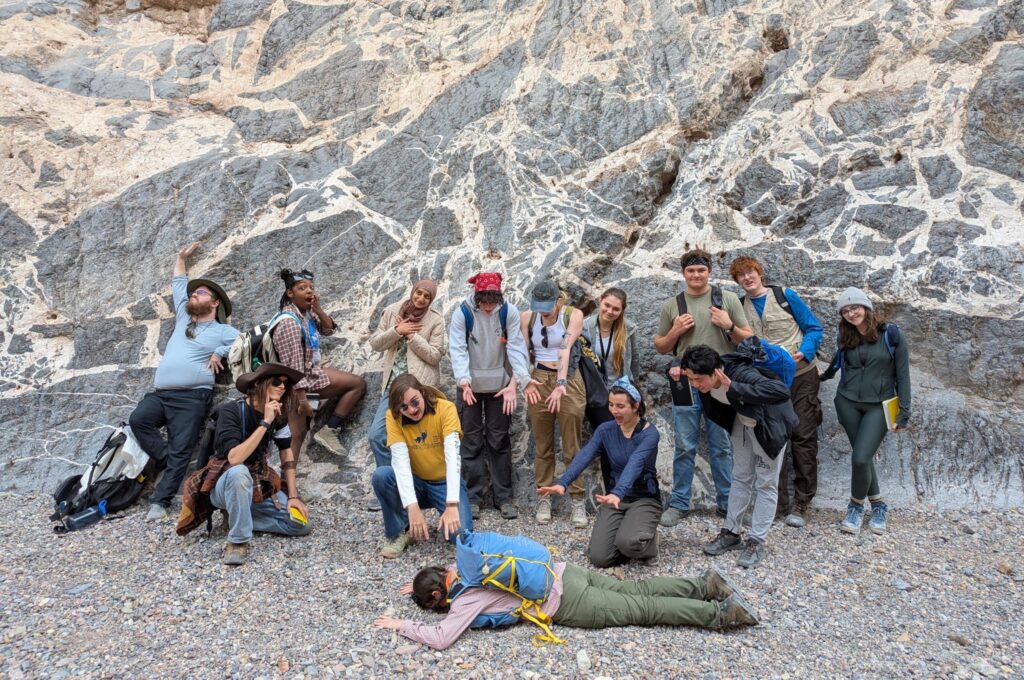
Photography by Callan Bentley
Titus Canyon itself is a geological showcase, with its towering limestone walls, intricate faulting, and evidence of past environments ranging from shallow marine conditions to desert landscapes shaped by tectonic extension. Some professionals in the group were attempting to scale this large formation of rock, and others were befriending lizards on the dry, alluvial ground. The mega-breccia stands as a testament to the immense forces that have shaped Death Valley over hundreds of millions of years, making it a key feature for geologists studying tectonic evolution in the Basin and Range Province.
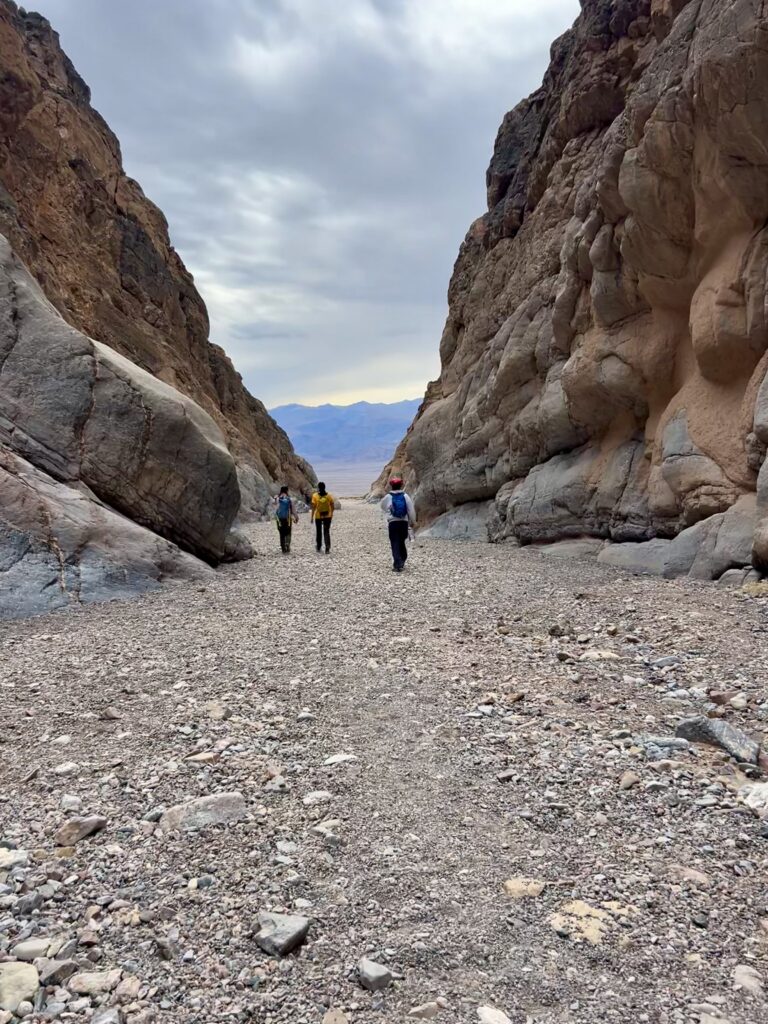
An additional place the crew was able to see was Mono Lake, a truly breath-taking sight. One of the lake’s most distinctive features is its tufa towers: otherworldly limestone formations created when freshwater springs interact with the alkaline lake water, leading to the precipitation of calcium carbonate. This Tufa is very similar in composition to our cave features here in Virginia: stalagmites and stalactites. These formations are particularly prominent in the South Tufa area. Despite its high salinity, Mono Lake supports a unique ecosystem, home to trillions of brine shrimp and alkali flies, which in turn attract millions of migratory birds annually, making it a vital habitat for species such as the California gull.
Arguably, however, the best thing about Mono Lake is simply how gorgeous it is.
